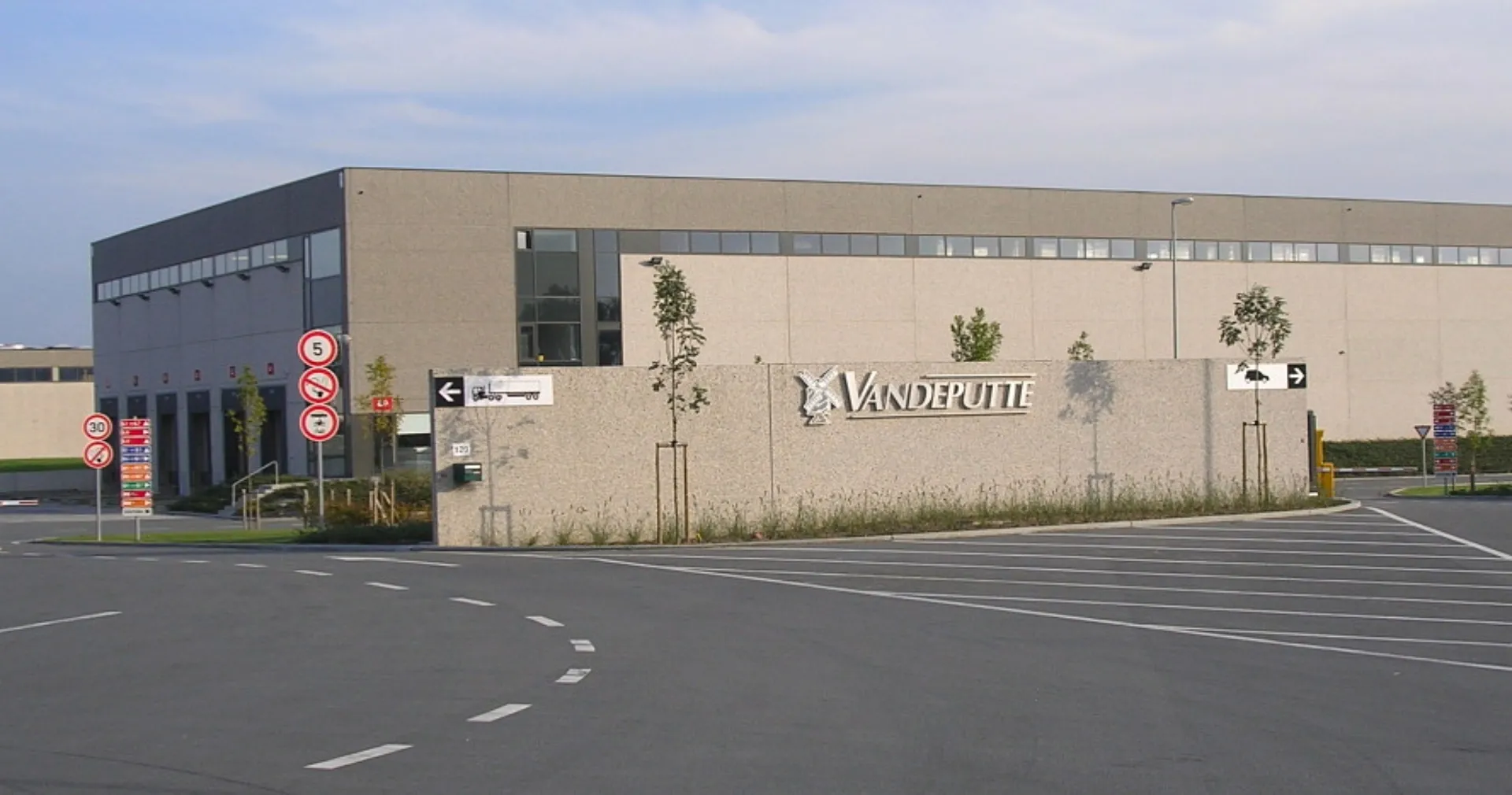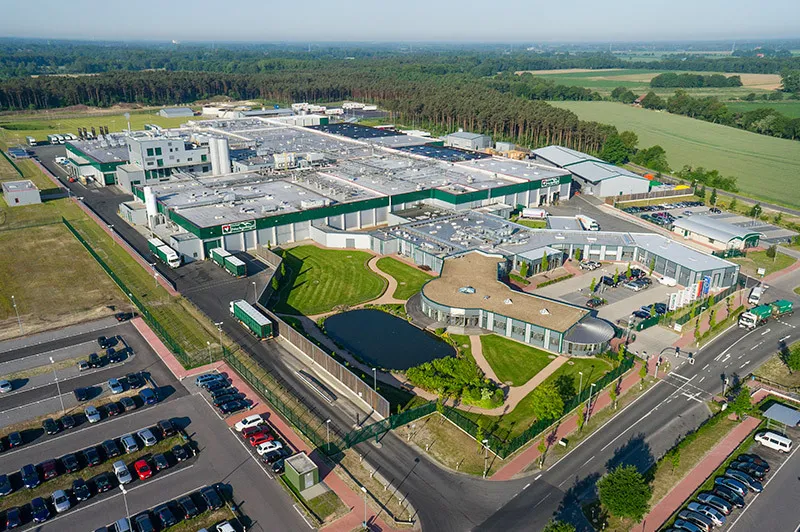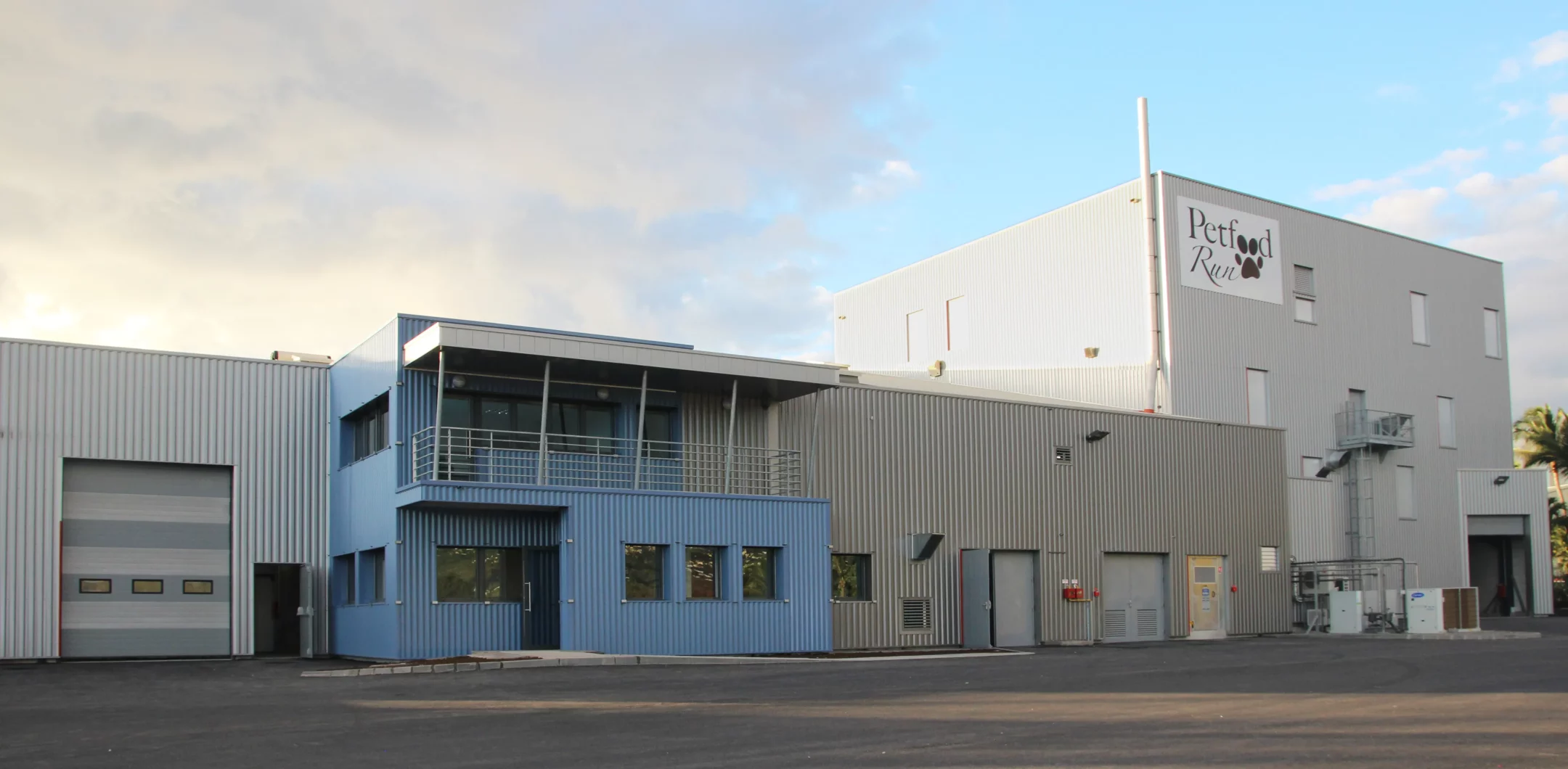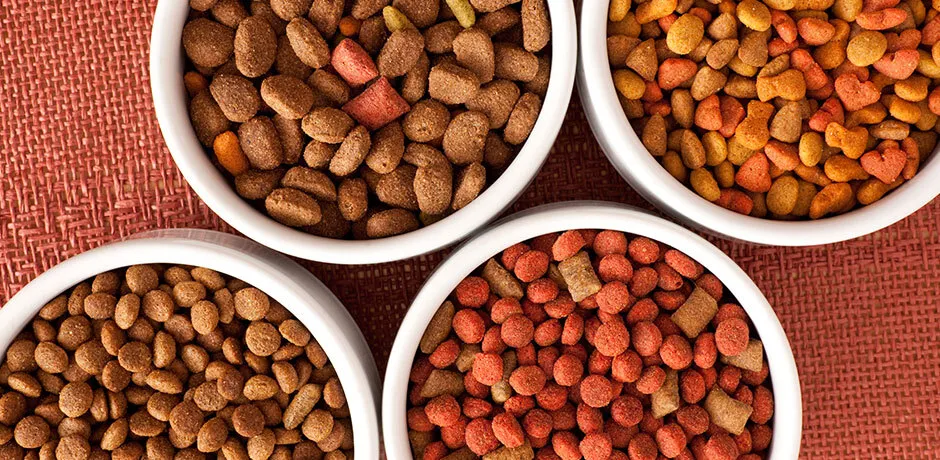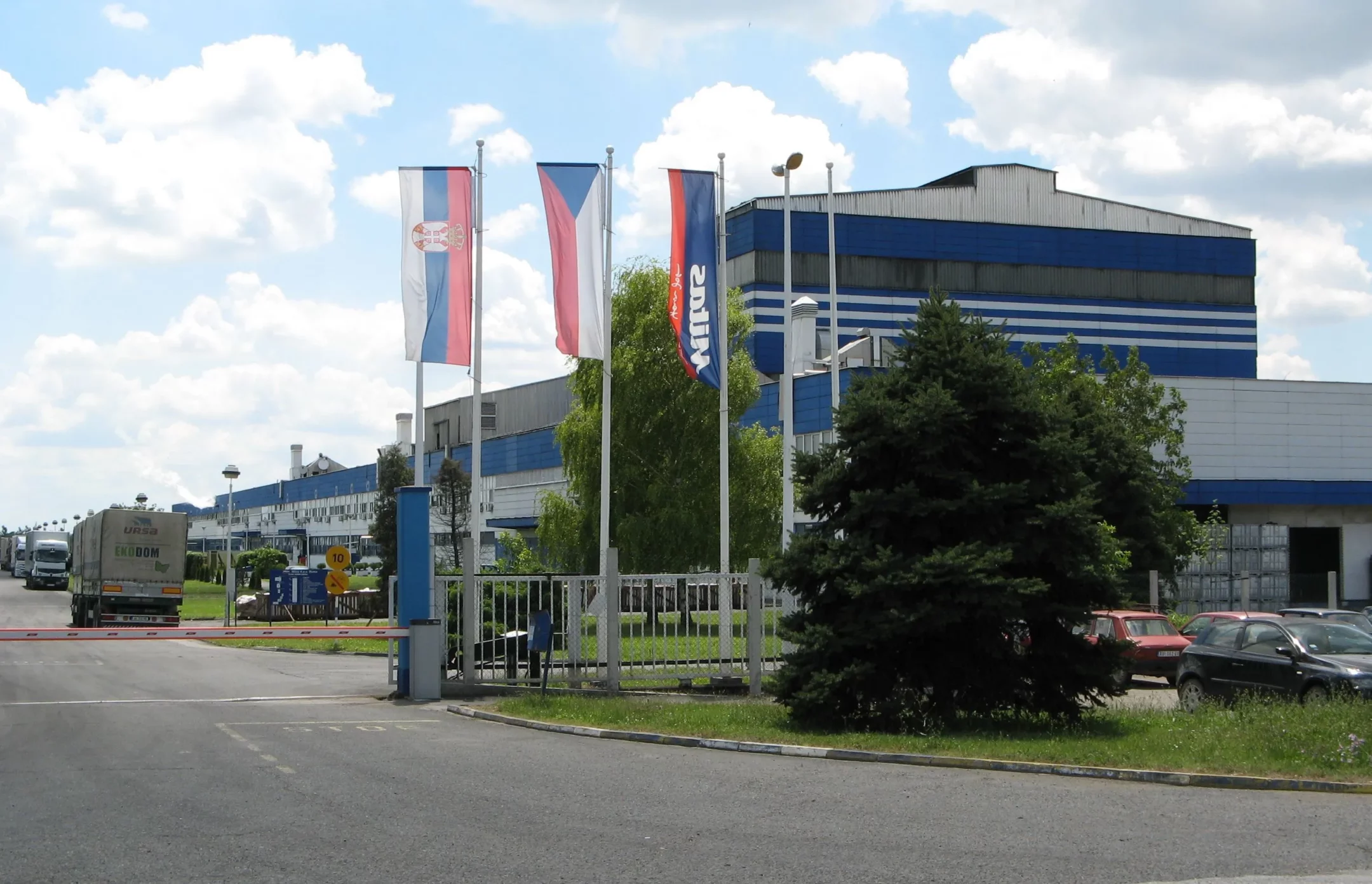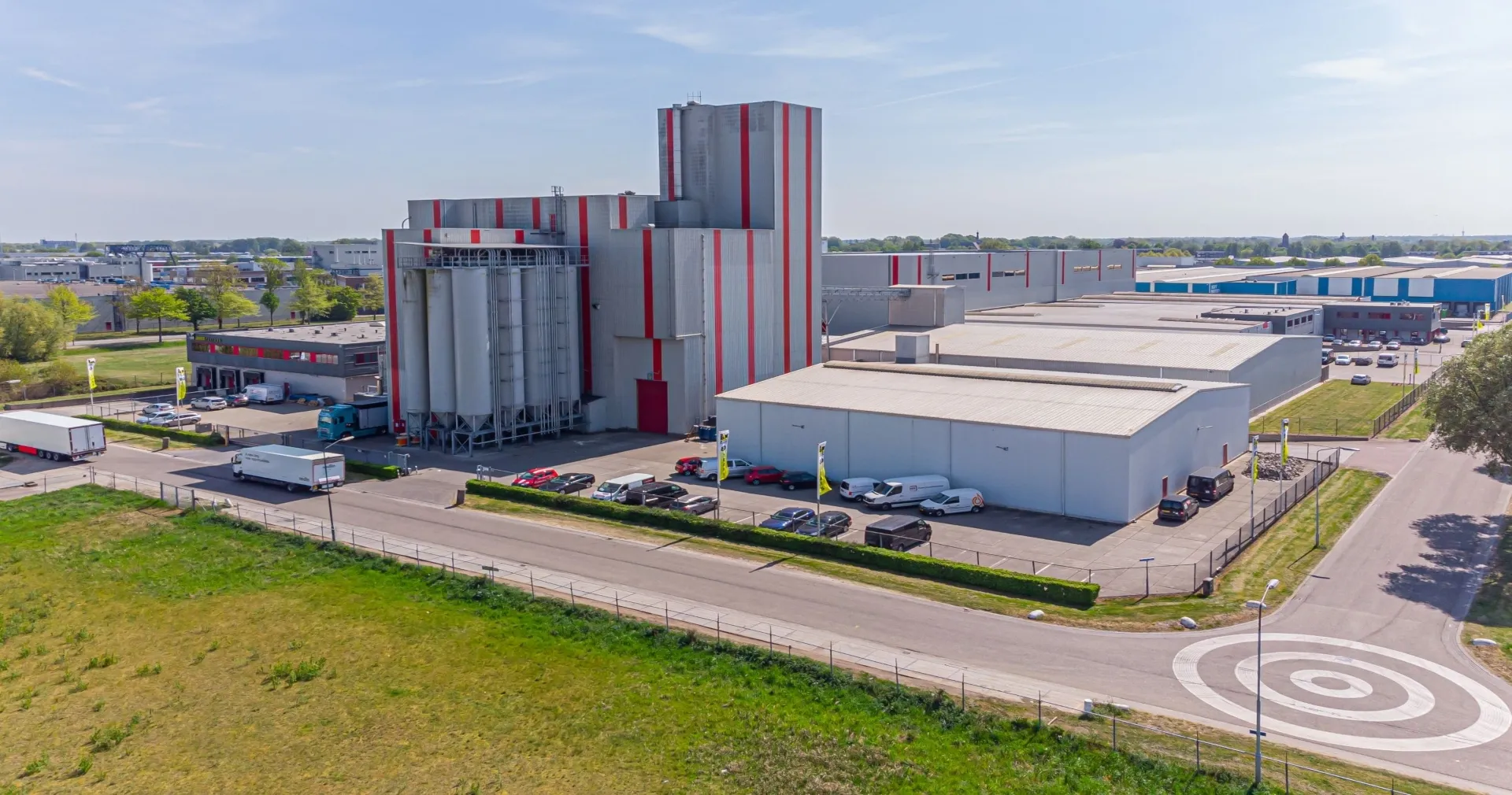Frisse lucht voor uw omgeving
Aerox helpt fabrieken om geuren afkomstig uit productieprocessen te neutraliseren. Zodat u voldoet aan de industriële wetten en normen. En nog belangrijker: uw omgeving ervaart geen stankoverlast meer. Wij garanderen frisse lucht en tevreden buren.
De voordelen van de Aerox-Injector
- Zeer effectieve geurbestrijding
- Geschikt voor grote luchtvolumes (tot 250.000 m3/h)
- Lage ‘Total Cost of Ownership’
- Geen water, gas of chemicaliën nodig. Geen afval!
- Best verkrijgbare technologie op de markt
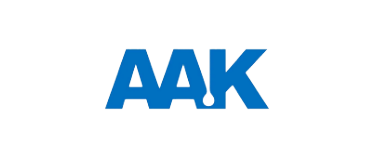

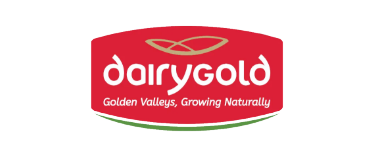

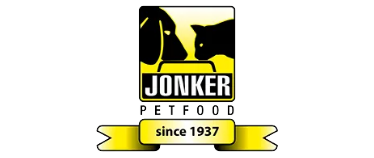
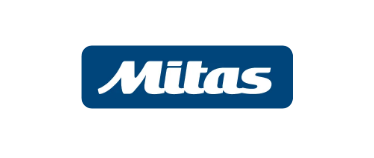

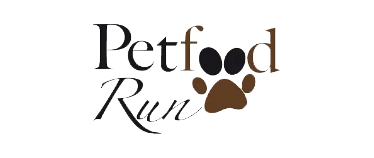
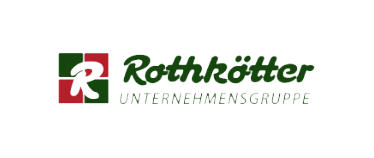
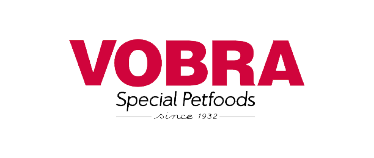
Wie zijn wij?
Aerox heeft meer dan 30 jaar ervaring in geurbestrijding. Het bedrijf werd in 1974 opgericht als specialist in de ontwikkeling en productie van stoffilters en luchtwassers. We heetten toen Jongerius Aerob. We richten ons inmiddels alleen op onze zelfontwikkelde Aerox-Injector, die is gebaseerd op koude-plasma-technologie. Ons distributienetwerk reikt wereldwijd.
We hebben ervaring met veel verschillende industrieën en hun specifieke processen, kenmerken en eisen. Daarnaast hebben we inmiddels veel kennis opgebouwd van de bron en samenstelling van geuren in verschillende industrieën en kennen we de wetenschappelijke tools en processen om de complexiteit van iedere unieke situatie te onderzoeken. Ook zijn alle ins en outs van de relevante international wet- en regelgeving en de bijbehorende eisen bij ons bekend.
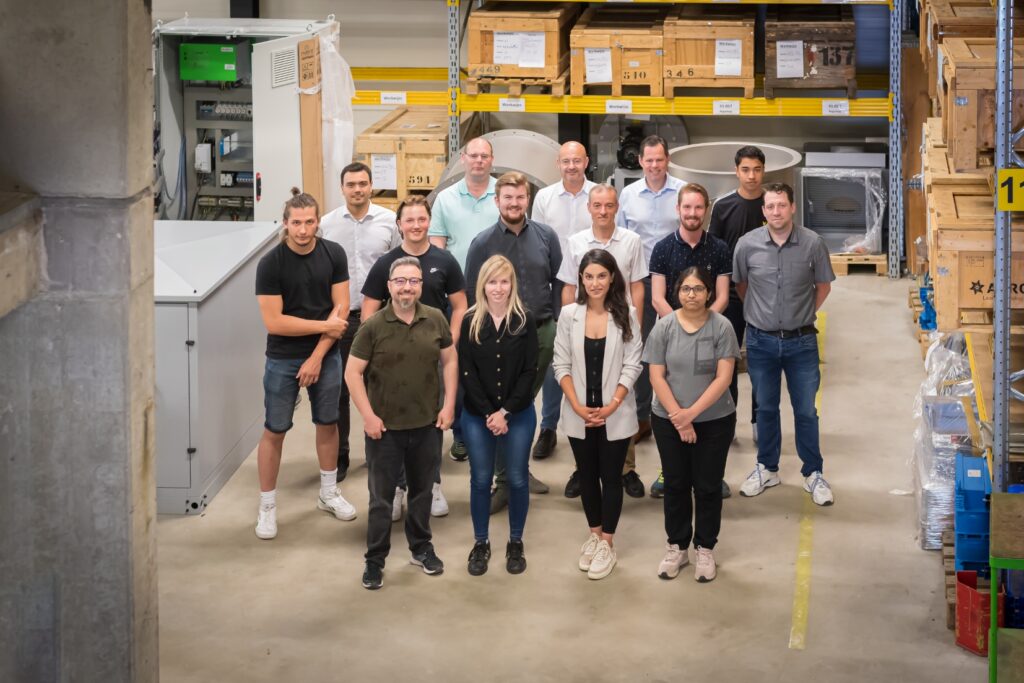
Onze producten
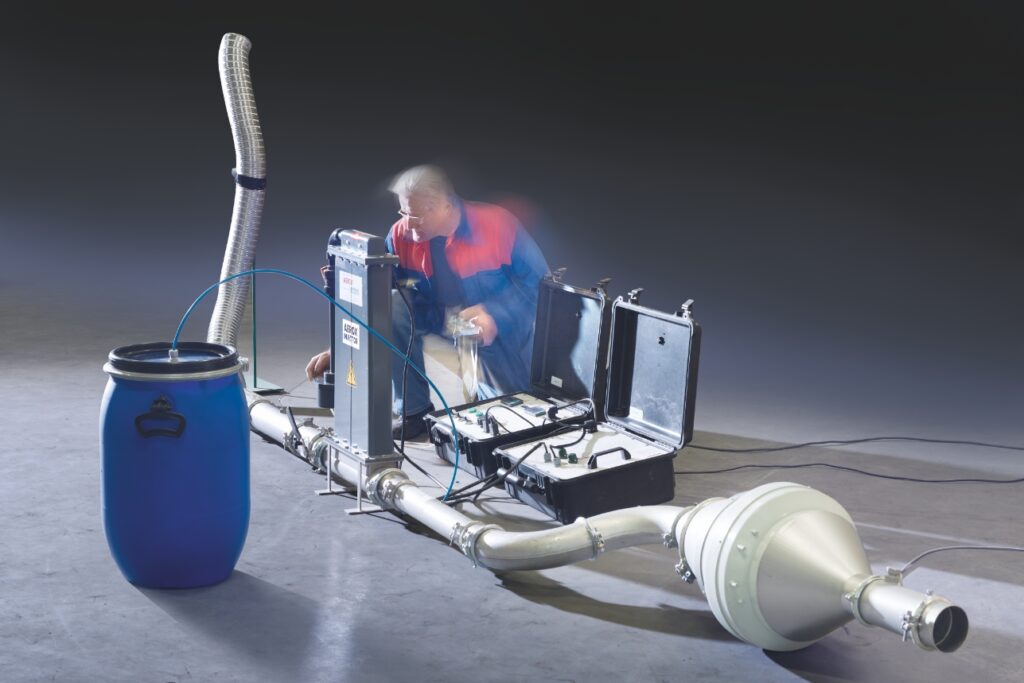
Aerox-Injector
De Aerox-Injector is een innovatief geurbestrijdingssysteem gebaseerd op injectietechnologie dat aan het uiteinde van een productieproces of in de schoorsteen wordt geïnstalleerd. Al meer dan 250 fabrieken over de hele wereld profiteren van onze bewezen effectieve technologie.
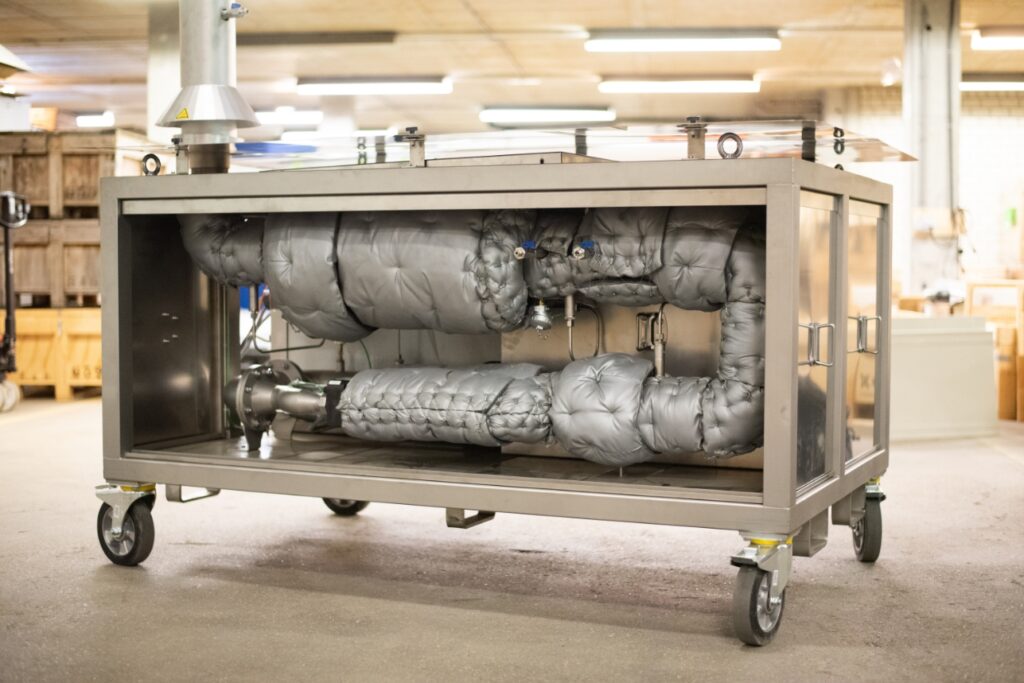
Aerox RCO
De Aerox-RCO is een innovatief emissiecontrolesysteem gebaseerd op katalytische technologie dat aan het einde van een productieproces of in de schoorsteen wordt geïnstalleerd. De Aerox-RCO (Regeneratieve Katalytische Oxidizer) vernietigt de emissies.
Industrieën die wij bedienen
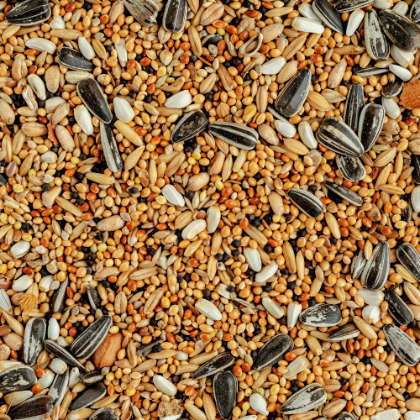

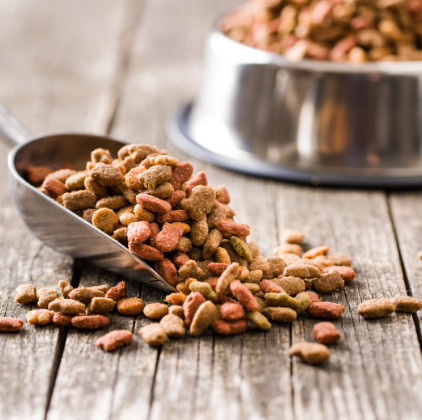
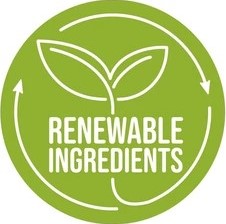
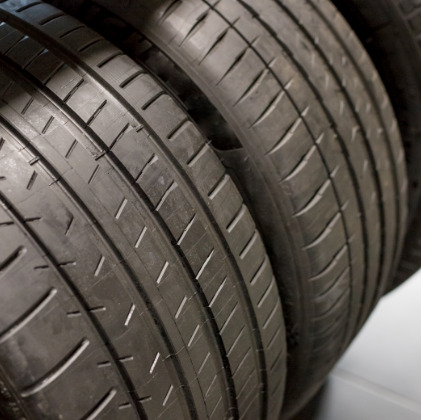
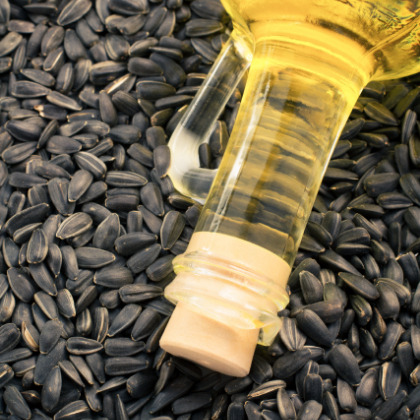
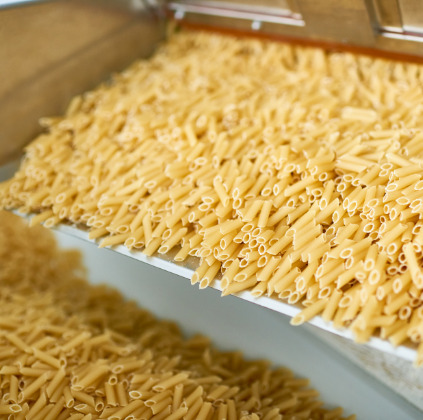
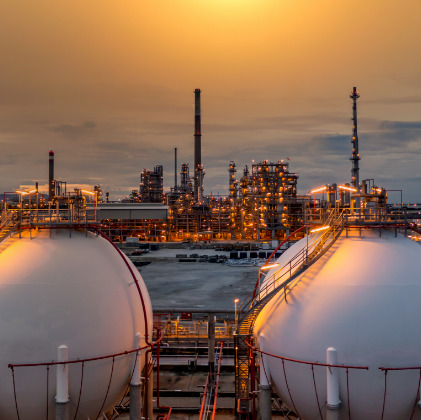
Onze succesverhalen
De nummers achter Aerox
Schoongemaakte lucht door
alle Aerox-Injectors
Waar Aerox succesvol industriële
geurreductie verzorgt
Distributeurs en service-
centra wereldwijd
Ervaring met koude plasma
technologie als uitvinder
Schoongemaakte lucht door alle Aerox-Injectors
Waar Aerox succesvol industriële geurreductie verzorgt
Distributeurs en service-
centra wereldwijd
Ervaring met koude plasma technologie als uitvinder
